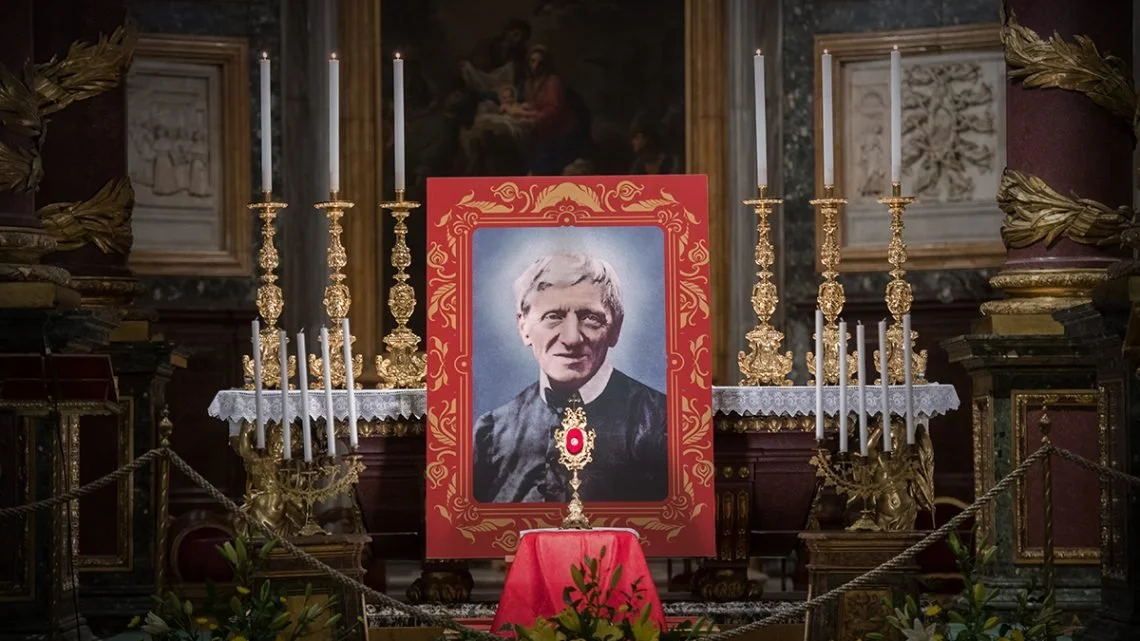
“Lex Orandi, Lex Credendi | The Law of Worship is the Law of Belief”
SACRED LITURGY

The Liturgical Legacy of Pope Benedict XVI
Having had the grace and honour to know the late Joseph Ratzinger personally, I find it incomprehensible how a man of such gentleness, humility, and openness in listening to others was often met with anticipated hostility from outside.

“The Most Joyful and Blessed Ordinance of the Gospel”: Saint John Henry Newman on the Liturgy
Newman’s love for the Divine Office illumined his path towards the Catholic Church. He retired to Littlemore for a period of prayer and study, joined by a number of like-minded friends, the daily recitation of the Roman Breviary.

The Third Century between Peaceful Growth and Persecution – A Short History of the Roman Rite of Mass, Part III
The status of early Christians in the Roman Empire was precarious, and government officials often regarded them with suspicion, but actual persecution was local and sporadic before the middle of the third century. The brutal measures under the Emperors Decius in 250 and Valerius in 258 affected Christian communities throughout the Empire. But they were followed by peaceful growth until Diocletian’s Great Persecution.

Questions in the Quest for the Origins of the Eucharist – A Short History of the Roman Rite of Mass, Part II
In one of his letters, Erasmus of Rotterdam (d. 1536) buttressed the great project of Renaissance Humanism to return to the sources (ad fontes) with the claim: “It is at the very sources that one extracts pure doctrine.” In the history-conscious 19th century, St. John Henry Newman (d. 1890) illustrated his theory of the development of doctrine (and worship) with a strikingly different image: “It is indeed sometimes said that the stream is clearest near the spring. Whatever use may fairly be made of this image, it does not apply to the history of a philosophy or belief, which on the contrary is more equable, and purer, and stronger, when its bed has become deep, and broad, and full.”

A Short History of the Roman Rite of Mass – Introduction: The Last Supper—The First Eucharist
This series of articles is intended as an overview of the development of the Roman Rite Mass until the present day. Understanding this rich and complex history will help not only the clergy in their sacramental ministry but also laypeople in participating fruitfully in the liturgy of the Church.

Gender Confusion and Catholic Liturgy
In the church, along with the demands for women’s ordination was the demand for girl altar servers and female extraordinary ministers of holy communion. While these innovations gave the appearance of increased equality for women, it eroded the time-tested segregated formation of both men and women.
